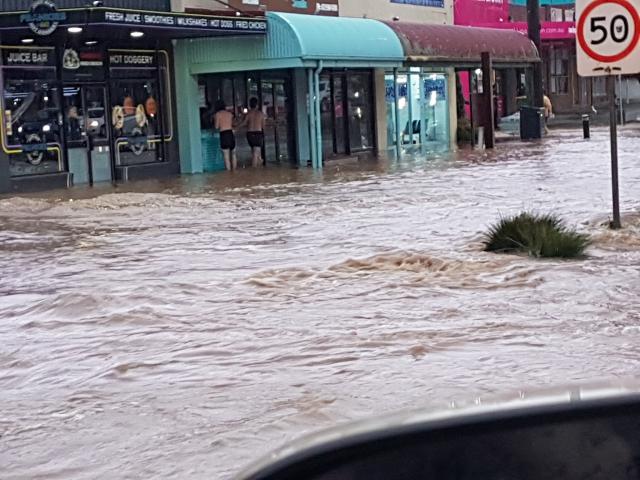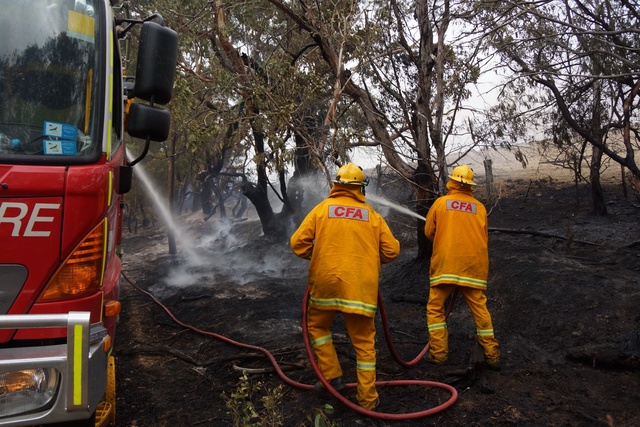Recently released data by the Insurance Council of Australia (ICA) has shown just how much damage occurred during the 2022 floods.
Although relatively unscathed compared to other locations across the state, the Yarra Ranges still racked up a large sum of insurance claims according to March figures.
While the Campaspe local government area experienced the highest rate of insurance claims at $207 million, the Yarra Ranges ranked mid-way with $14.9 million in claims.
Declared as a ‘current catastrophe’ by ICA within Victoria, New South Wales and Tasmania, the floods have reached a total of $669 million, equalling 21,000 claims, of which 53.3 per cent have been closed.
The October floods alone affected Victoria 71 per cent, NSW 19 per cent and Tasmania 3.9 per cent.
The ICA confirmed that in Victoria insurers received 12,900 claims during that time, costing $551 million in damages.
This is compared to the some 34,000 claims submitted during the 2021 storm event that decimated parts of the Yarra Ranges and Gippsland.
The catastrophic event cost insurers $313 million in damage claims across the state.
Making up the majority of claims in both the October floods and the 2021 storm were domestic building claims at 10,746 and 16,446 respectively.
Despite 2021 presenting more extreme weather events, with a total of six registered by ICA, the four events in 2022 cost three times more, reaching a total of $7 billion.
While not taking into account Victoria’s floods, the ICA has appointed Deloitte to undertake an independent review of the insurance industry’s response to the 2022 South-East Queensland and Northern New South Wales floods.
“As the costliest extreme weather event in Australian history, last year’s floods created significant challenges for the insurance industry in addressing the extraordinary volume of claims across a very wide geographic area,” ICA CEO Andrew Hall said.
“Following three years of La Niña conditions and the Covid-19 pandemic, these floods tested the systems insurers use to respond to customers and raised issues such as a shortage of expert assessors, building labour and materials constraints, and the complexity of recovery and resilience programs delivered by state governments.
“Insurers have agreed it is timely to review the industry’s response to identify best practice and what could be improved when responding to future extreme weather events.”







